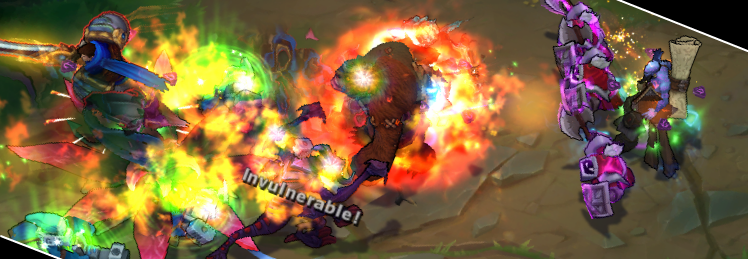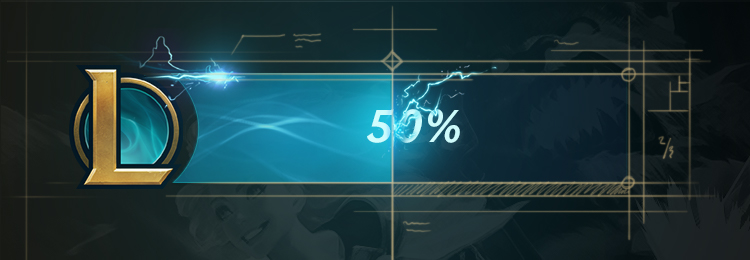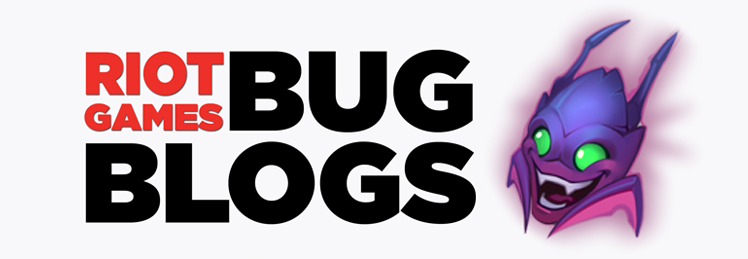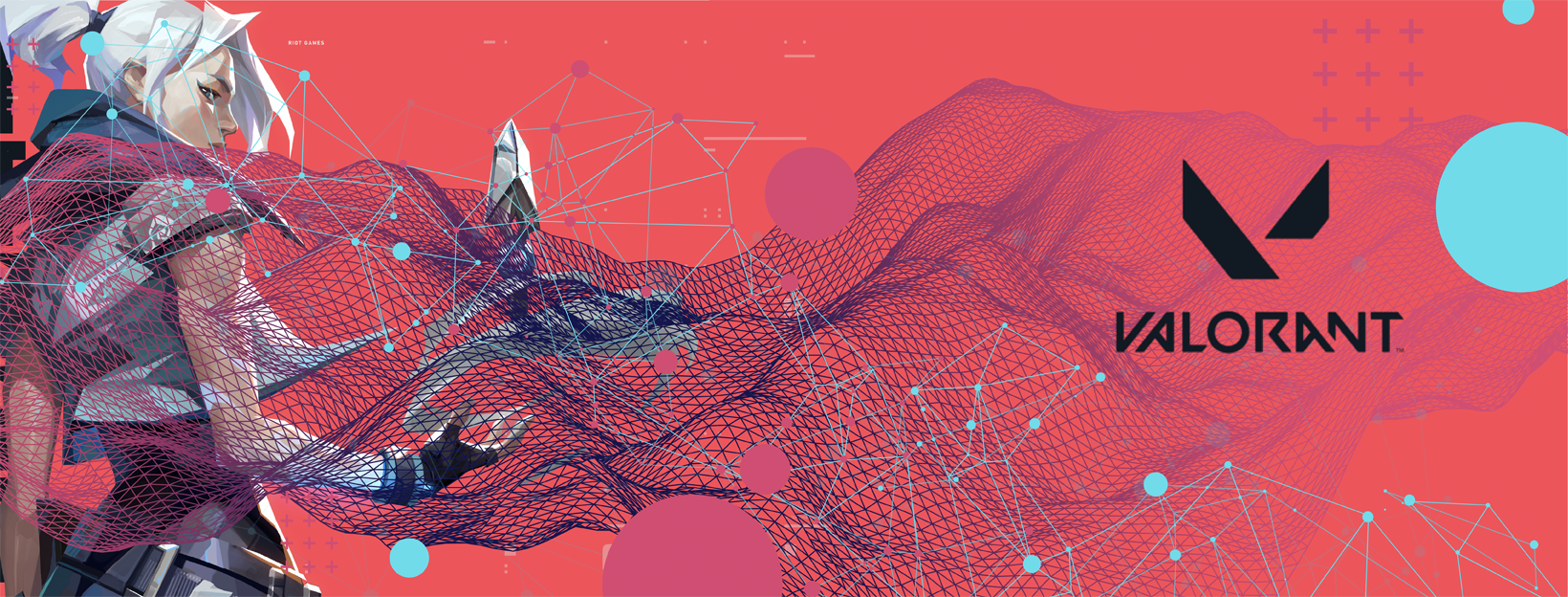
Hey folks! We’re going to take a trip back in time. The year is now 20xx, and we’ve decided that it’s finally time to send one of League of Legends’ most long standing, revered or reviled features (depending on who you ask) to the meme graveyard.
That’s right - it’s time to retire runes and masteries.

Game developers working on a continuously evolving product like League of Legends are constantly battling against the forces of entropy as they add more and more content into unfortunately finite machines. New content carries implicit cost—not just implementation cost but also memory and performance cost created by more textures, simulation, and processing. If we ignore (or miscalculate) that cost then performance degrades and League becomes less enjoyable. Hitches suck. Lag is infuriating. Frame rate drop is frustrating.

Imagine you're a web developer. You have to create an app that leverages five different data sources. The project has 26 different views built in - and don’t forget to make it fast, easy to test, and reliable. I work on creating the tools that make this kind of app as easy as possible for developers to build and manage. My name is Matthew Drake and I’m a member of the Riot Data team.

From the very beginning of VALORANT development, we made it a priority to build out cheating resistance to ensure competitive integrity. In this article, I’ll walk you through one of these anti-cheat systems - Fog of War. This is one of VALORANT’s key security systems, which focuses on combating cheats that take advantage of a game client’s access to information, like wallhacks.

This article is the third in a multi-part series on the Riot Games API. As discussed in our second article, the API is fronted by the Zuul proxy server developed by Netflix. We chose Zuul because Netflix built it to handle an enormous amount of daily traffic, so we knew we could trust that the code was battle-tested and production-hardened.

For the past 8 years, League has been using a patching system called RADS (Riot Application Distribution System) to deliver updates. RADS is a custom patching solution based on binary deltas that we built with League in mind. While RADS has served us well, we felt we had an opportunity to improve some key areas of the patching experience. We knew we could deliver updates much more quickly and more reliably by using a fundamentally different approach to patching, so we set out to build a brand new patcher based on content-defined chunking.

So, why do Bug Blogs? Well, at Riot, we believe that a fundamental component of the development process is understanding that failures can and do happen. We make mistakes because we’re humans, and humans are far from perfect. And that’s okay! What’s important is to recognize failures for what they are, work to understand why they happened, learn from them, and make needed changes based on those learnings. That’s how we grow and that’s how we get better.

When VALORANT was still early in development, we had high hopes that in the future we’d launch with high initial popularity. From the beginning, we prioritized scalability to make sure we could support the number of players we were hoping for. Once VALORANT entered full production, we began working in earnest on a load test framework to prove out our tech. After many months of work, we successfully ran a load test of two million simulated players against one of our test shards, giving us the confidence we needed for a smooth launch. This article explains how we load tested our platform, and how we tackled the scaling challenges we encountered along the way.

Hello all, Leigh Estes, aka RiotSchmick, here. I’m a software engineer at Riot Games, working in the Service Availability initiative. Today I’d like to discuss the beginnings of one of the products our initiative owns, the public Riot Games API, including why we built it and how we think we’re doing in light of those goals.

Hi, I’m Jim ‘Anodoin’ Merrill, and I work on test automation efforts for League of Legends, focused specifically on the in-game experience. I currently serve as the tech captain to the Build Verification System Development (BVS-Dev) team. In large part, our team builds tools for automated testing and helps teams write better tests.










